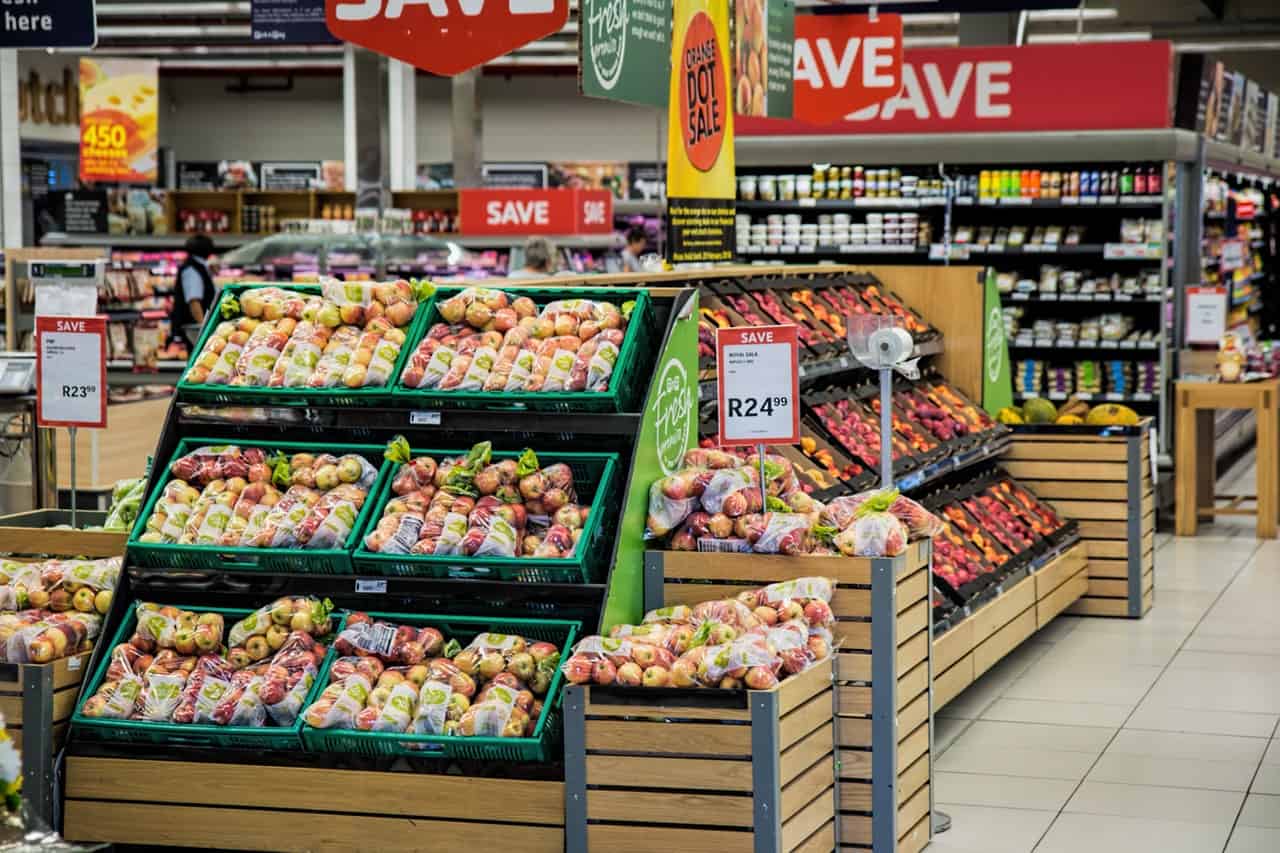One of the most common barriers to healthy eating is cost. Research from the Journal of Consumer Research found that most consumers perceive healthy food to be expensive and this belief influences their decisions. Here’s the good news: you do not have to shop at gourmet markets, buy all organic, or spend an arm and a leg to eat healthier. Your grocery bill can depend on many factors, such as the size of your family, allergies, how much you eat out, etc. For those reasons, what it takes to keep the grocery bill in budget will also be different depending on the circumstances. If you are trying to save money and eat healthy, check out these five tips!
1. Make a list and stick to it
One of the BEST ways to save money and avoid food waste is to have a plan. Make a meal plan for the week and create a grocery list based on your meals, snacks or recipes. Once you have your list, try not to deviate from it. This strategy will help you avoid buying too much or too little. Without a plan, you are left with a lot of guesswork and you are more susceptible to impulse purchases.
2. Be smart about coupons, deals, and sales
At most grocery stores, you will be bombarded with sales, new items, and lots of hype. If you see a good deal, ask yourself: “Would I have bought this item if it wasn’t on sale?” If not, you may just be adding extra cost to your grocery bill! Try to seek out deals on food that you eat regularly or can be easily incorporated into your meal plan. Question how those hyped up items fit into your health plan. There will always be new flavors of cookies, cereals and other tempting treats. It’s always good to enjoy treats in moderation, but when it comes to finding good deals, it’s better to focus on foods that support your goals!
3. Reduce packaged and convenience foods
You may have heard that avoiding processed foods and cooking from scratch are healthy choices. You might be happy to hear that these choices can also save you money! Prepared and packaged foods tend to be more expensive than their homemade counterparts. ‘Healthy’ packaged foods tend to cost even more. That said, it’s also true that these foods are convenient and can be lifesavers in a pinch. Take a look at the prepared, packaged or convenience foods you eat on a regular basis and do a cost/benefit analysis. Which foods could be easily swapped out for something homemade? Start by changing just one thing. Maybe it’s time to dust off that bread maker or buy some pizza dough and do the rest yourself!
4. Shop in the bulk section
Shopping in the bulk section is a great way to save money, especially at health food stores. Many traditional grocery stores have bulk sections as well. Usually, the price per pound in the bulk section is less than the price per pound of packaged items. You can compare the prices by checking the unit price on the packaged alternatives. Bulk bins can also benefit the environment. Reduce food waste by purchasing only the amount you need, rather than an entire package. Some stores will even let you bring your own container. Call ahead to find out if your local store will allow you to use clean containers from home.
5. Get a wholesale membership
Wholesale stores such as Costco, BJ’s and Sam’s Club are a great way to save money. They do require a yearly membership fee, however, your savings can surpass the fee in as little as one shopping trip. There are some things to consider when shopping wholesale. The package sizes are large, so you will need to know that you can finish them before they expire. You will also need some storage space at home for the food. If you have some big appetites and storage space at home, wholesale shopping is a great option for you!
Author: Rebecca Behr, RDN



